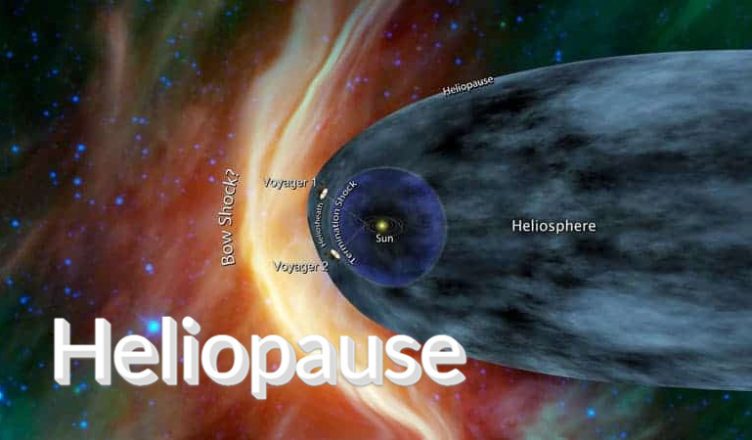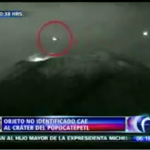The heliopause, also known as the solar wind termination shock, is a significant concept in astronomy that marks the boundary where the solar wind, originating from the Sun, encounters and stalls against the interstellar medium. The heliopause is located at a radius of approximately 120 astronomical units and has a thickness of about 0.5 astronomical units.
The heliopause is characterized by the presence of a shockwave known as the termination shock, where the solar wind slows down upon entering the interstellar medium. It is situated at the outermost boundary of the solar system and represents a critical interface between our Sun’s influence and the vast expanse of interstellar space.
Solar wind particles transition from supersonic speeds to subsonic speeds within the region referred to as the heliosheath. The inner layer of the heliosheath is called the termination shock, while the outer layer is known as the heliopause.
Beyond the heliopause, the interaction between the interstellar medium and the heliopause’s edge generates a layer known as the hydrogen wall, composed of heated hydrogen gas.
Detection of the Heliopause
To explore the position of the heliopause, scientists have employed various methods. The location of the heliopause is considered to vary due to changes in the speed of the solar wind and regional density of the interstellar medium. According to NASA’s announcements, the Voyager 1 and Voyager 2 spacecraft reached the termination shock in May 2005 and May 2006, respectively, and it is hoped that both spacecraft will eventually reach the heliopause. Additionally, the Interstellar Boundary Explorer (IBEX) mission, launched in 2008, is expected to reach the heliopause within two years and transmit images and data back to Earth.
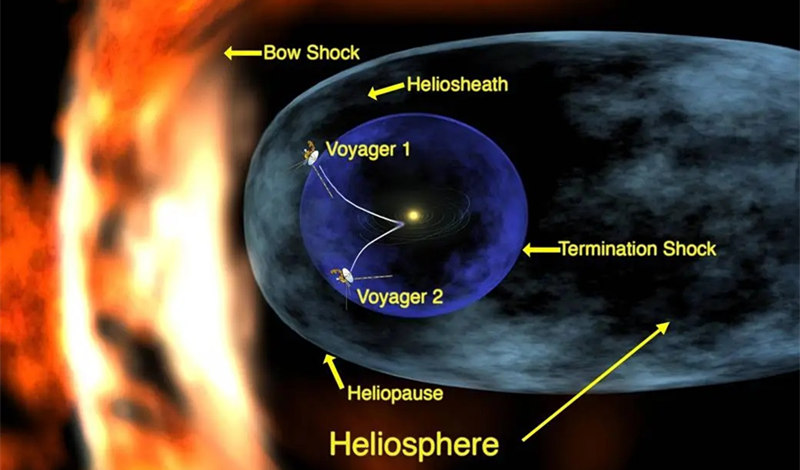
Results of Heliopause Detection
NASA’s measurement tools confirmed the exit of Voyager 1 from the heliosphere, providing precise information about the volume of the solar system. The heliopause is estimated to have a thickness of approximately 0.5 astronomical units, with a distance from the Sun of about 120 astronomical units.
Furthermore, research indicates that when solar wind particles encounter interstellar objects as Voyager 1, Voyager 2, and Pioneer 10 did when they encountered interstellar matter, they decelerate and release energy, leading to the formation of shockwaves due to the accumulated energy.
In summary, the heliopause represents a crucial interface where the solar wind interacts with the interstellar medium, and its detection and study provide valuable data and insights into understanding the outer environment of our solar system and interstellar space. Research in this field will continue to deepen our knowledge of the uncharted territories surrounding our solar system.
The Peculiarities of the Solar System’s Edge: Heliopause
Just in time for Halloween, scientists have made an eerie and unexpected discovery at the boundary of the solar system. The heliopause, which marks the division between the heliosphere (the region filled with solar wind surrounding the solar system) and the interstellar medium (the material that lies between stars), appears to be displaying ripples and forming oblique angles.
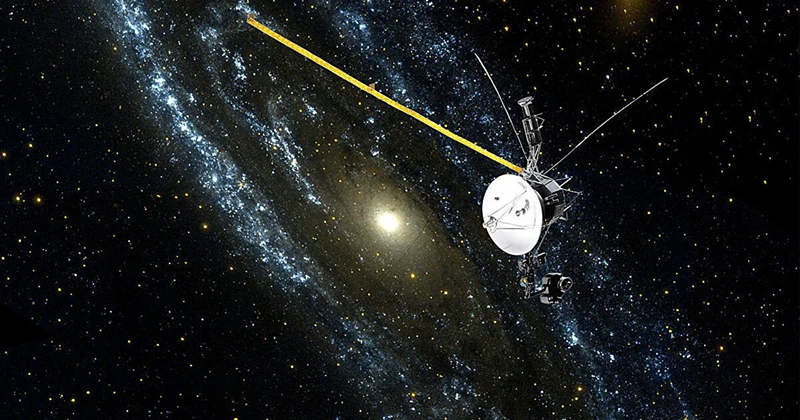
The idea that the shape of the heliopause changes is not entirely new. Over the past decade, researchers have established that it is not a fixed structure. Data from the Voyager 1 and Voyager 2 spacecraft, the only two probes that have ventured beyond the heliosphere, as well as NASA’s Interstellar Boundary Explorer (IBEX) satellite, which studies the emissions of energetic neutral atoms (ENAs) generated when solar winds interact with the interstellar medium, have contributed to this discovery.
Eric Zirnstein, a space physicist at Princeton University, pointed out, “The Voyager spacecraft provide the only direct, in-situ measurements of the locations of these boundaries, but only at one point in space and time.” IBEX complements this data.
Researchers have used this data to create models that predict changes in the heliopause. In essence, solar winds and the interstellar medium exert forces on each other, leading to a dynamic boundary.
However, recent research into the heliopause has unearthed data that contradicts previous findings. Over several months in 2014, IBEX captured an increase in the brightness of ENAs, indicating asymmetries in the heliopause. Subsequently, the research team discovered that these asymmetries did not align with their existing models.
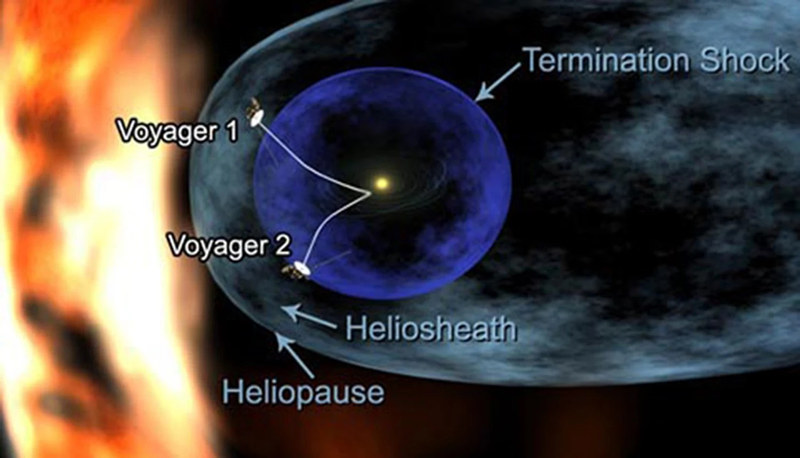
Furthermore, an analysis of the journeys of Voyager 1 and Voyager 2 revealed dramatic and rapid changes in the heliopause. This explains the substantial gap between the two probes’ entry into interstellar space, which occurred in 2012 and 2018, respectively. Such dynamic behavior of the heliopause contradicts the existing models.
In a paper published in the journal “Nature Astronomy” on October 10, researchers described these discrepancies as “intriguing and potentially controversial.” They intend to continue their study of the heliopause, with hopes of gaining further insights from NASA’s Interstellar Mapping and Acceleration Probe. This advanced satellite, capable of detecting ENAs, is scheduled for launch in 2025, as Zirnstein informed Vice.
END:
The heliopause, as the boundary between our solar system and interstellar space, has long been a captivating subject of study in the fields of astronomy and space science. In recent years, significant breakthroughs have expanded our understanding of this mysterious frontier, but many enigmas remain. From the historic passages of the Voyager spacecraft through the heliopause to their milestones of leaving the solar system, our knowledge has continually evolved, offering new avenues for future exploration and research.
Looking ahead, we can anticipate more space missions and research endeavors to delve deeper into the nature and changes of the heliopause. In particular, the planned launch of NASA’s Interstellar Mapping and Acceleration Probe promises to provide invaluable data that will help us comprehend the peculiar behaviors and interactions at the heliopause.
Furthermore, with continuously improved scientific instruments and technologies, we may gain a more comprehensive understanding of the complexity of the heliopause, including its irregular shapes and boundaries. This has the potential to deepen our insight into the outer limits of the solar system and the interactions between the solar wind and interstellar space.
In sum, the study of the heliopause will continue to advance our understanding of the outermost reaches of the solar system and offer more insights and opportunities to explore the mysteries of interstellar space. The future developments in this field will not only enrich our knowledge of the cosmos but also inspire more curiosity, encouraging us to continue our pursuit of the secrets of space.
More UFOs and mysterious files, please check out our YouTube channel: MysFiles
Andromedans Encounters: Reveal the history of humanity
